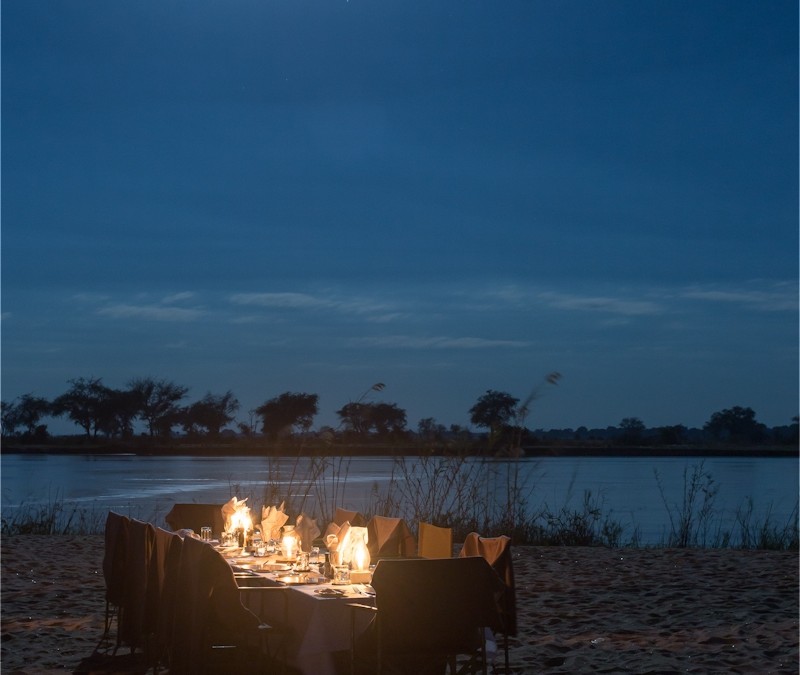
by Editor | Jun 1, 2013 | Africa, Lower Zambezi, Simon and Baker Travel Review, Zambia
Nestled in a grove of evergreen mahogany trees on the bank of Zambia’s majestic Zambezi River, Chiawa Camp seemed more remote to us than other safari camps we had visited. To get there we had to fly to the Royal Airstrip, drive 20 minutes to the Zambezi River and take a 20-minute ride in a small motorboat while watching a gorgeous sunset against the backdrop of mountains and green trees along the riverbed. Situated in the Lower Zambezi National Park, Chiawa Camp offered luxurious tent accommodations in an iconic riverside setting with impeccable service and good game viewing. We saw three of the Big Five.
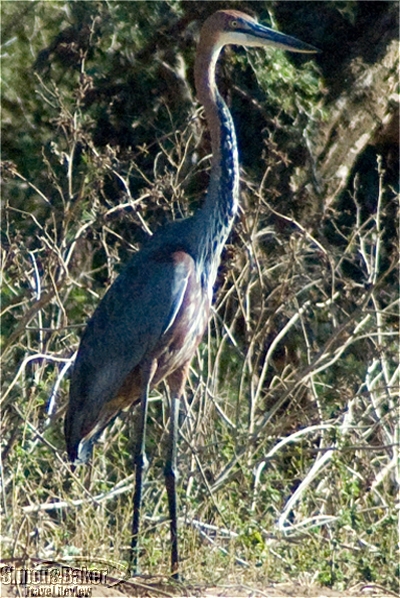
by Editor | Jul 1, 2007 | Africa, Lower Zambezi, Simon and Baker Travel Review, Zambia
Located on the bank of the Chongwe River, at the point where it meets the Zambezi, the Chongwe River Camp offered a panoramic view of the western boundary of the Lower Zambezi National Park. Nestled in a lush grove of winterthorn acacias, this luxurious camp was designed to blend unobtrusively into its splendid surroundings: the steep Zambezi escarpment to the north and Zimbabwe’s famed Mana Pools immediately across the Zambezi to the south. Pods of hippos filled the Chongwe like so many moving islands. Meanwhile, on the opposite bank, the park was home to a dense population of elephants and buffalos that constantly filed to the water for a drink or a bath, or came across to visit. More than once, my short walk from the common areas to my tent was delayed while an elephant ambled down the path, claiming its incontestable right of way.
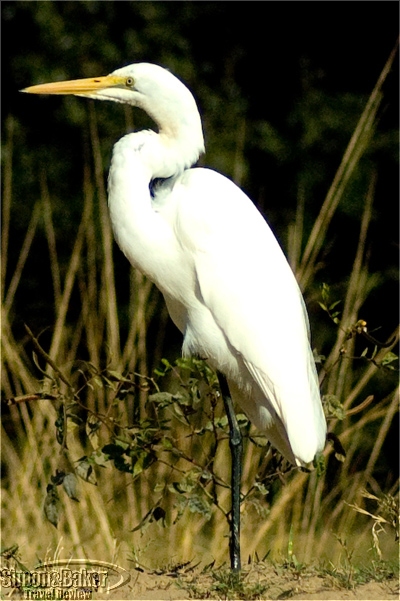
by Editor | Jul 1, 2007 | Africa, Lower Zambezi, Simon and Baker Travel Review, Zambia
The Sausage Tree Camp whimsically announced itself as the motorboat taking me down the Zambezi River approached its landing dock. Pristine conical Bedouin tents peering through the extravagant canopy of riverine forest in the Lower Zambezi National Park? Indeed! The camp consisted of seven Bedouin-style circular tents discreetly positioned above the bank of the scenic entrance of the Chifungulu channel. Each tent offered complete privacy, along with a terrific view of the river and an island filled with shivering reeds where big game loved to hide. The camp’s décor was an inspired fusion of styles resulting in minimalist luxury that left the senses free to concentrate on the intense wildlife activity around and within the camp.
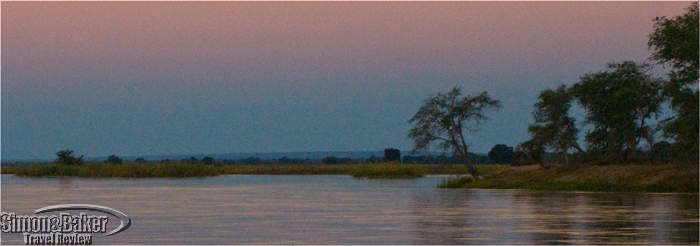
by Editor | Jul 1, 2007 | Africa, Lower Zambezi, Simon and Baker Travel Review, Zambia
Located downstream from Lake Kariba on the northern bank of the Zambezi River, the Lower Zambezi National Park is the most recent of Zambia’s parks. Established in 1983, immediately across the river from Zimbabwe’s world famous Mana Pools, it is still an area of mainly untouched wilderness. The park stretches for 75 miles (120 kilometers) between the Chongwe River to the west almost to the confluence of the Luangwa River to the east, and extends 20 miles (32 kilometers) inland to the Zambezi escarpment. Although the park covers an area of 1,580 square miles (4,092 square kilometers), the spectacular backdrop of the steep escarpment acts as a natural barrier to most species, concentrating most of the game’s activity near the edge of the river.
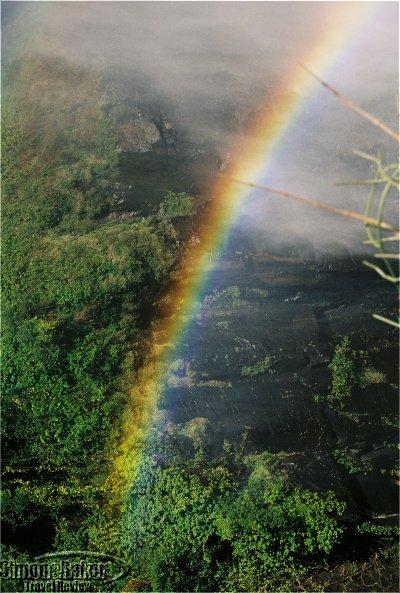
by Editor | Jan 1, 2000 | Africa, Lower Zambezi, Simon and Baker Travel Review, South Luangwa, Victoria Falls, Zambia
Victoria Falls is in the northwest corner of Zambia.





